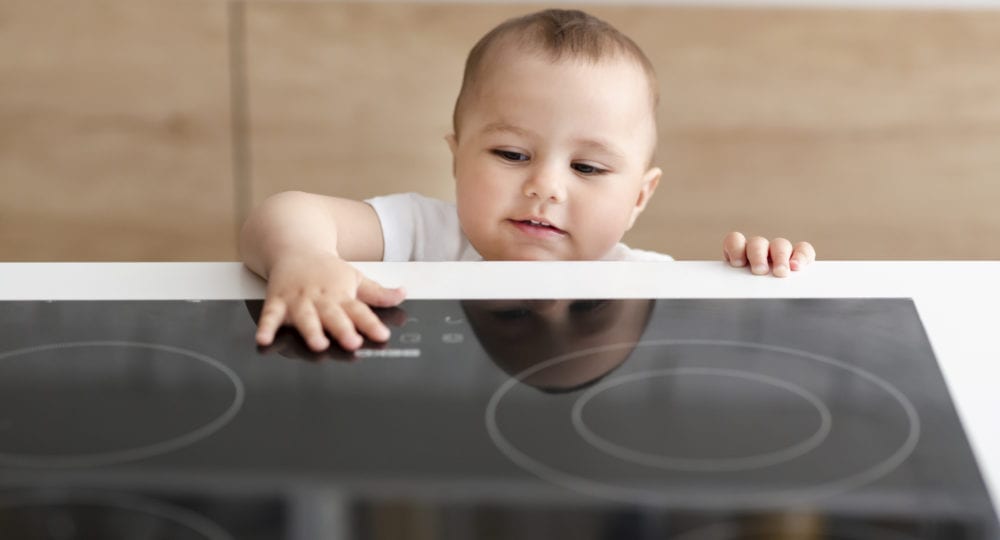While most people may have been focusing on Valentine’s Day this past week, in the medical community, the past week has been dedicated to Burn Awareness Week (February 2-8, 2020) and raising awareness within the community. This year’s theme being Contact Burns.
According to the World Health Organization (WHO), there have been approximately 180,000 deaths each year caused by burns. Data from 2008 showed more than twice that with 410,000 burn injuries with 40,000 of these requiring hospitalization.
When it comes to preventing burns, the first step is in understanding the different types of burns. Burns can occur from friction (a hard object, such as the carpet or street), thermal (touching a hot object including liquids or steam), chemical or electrical (commonly seen in the workplace as well as home), radiation (in addition to medical treatment would include sunburns), and even cold (frostbite).
All ages are susceptible to injuries from a burn. Younger children are most likely to be injured by hot liquids or steam, while older children are more likely to be injured by direct contact with fire.
How can you stay safe and prevent burn injuries from happening?
- Always supervise children around hot objects and keep hot objects away from counter edges and out of the reach of children. When cooking, don’t leave the food unattended or allow the kids near the cooking area. Whenever possible, use the back burners. Ensure that all burners are turned off when finished cooking. Use well-padded cooking mitts when reaching into the oven and always assume that pots/pans are hot.
- Microwaves can heat liquids inconsistently. Minimize children’s use of the microwave and assist with transporting the microwaved food/beverage to the table.
- If outside near a fire/grill, etc., maintain a 3-foot distance and be sure that the area is clear from trip hazards.
- Wearing shoes/sandals when walking on hot pavement or sand.
- Be sure that you have smoke detectors on each floor and change the batteries in these every year (January 1st is a great date to be sure you never forget to do so).
- Set your water heater to 120 degrees or lower. This will help prevent the water temperature from getting too high to fast. When bathing young children, it is best to fill the tub with water first and test the temperature as opposed to running the water while your child is in the tub.
If a burn should occur, apply a cool wet compress, or immerse in cool water. Cover the area with a non-adhesive bandage or clean cloth (such as a sheet). Do not follow the old wives’ tales about applying butter or Crisco to the site. These can lead to infection. Over the Counter medications (such as Tylenol or Ibuprofen) can help manage pain. For extensive or serious burns (especially in the very old or very young) it is important to seek emergency medical attention.
Resources:
http://ameriburn.org/prevention/burn-awareness-week/
https://www.cdc.gov/masstrauma/factsheets/public/burns.pdf
https://www.cdc.gov/safechild/burns/index.html





